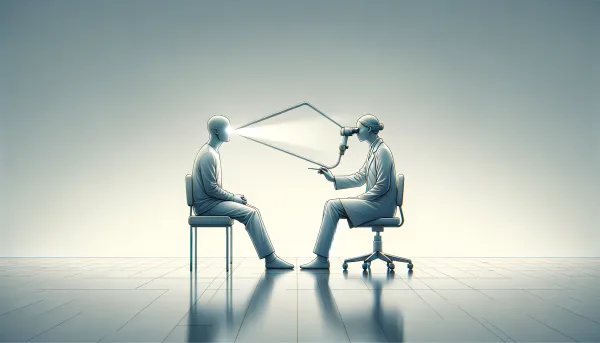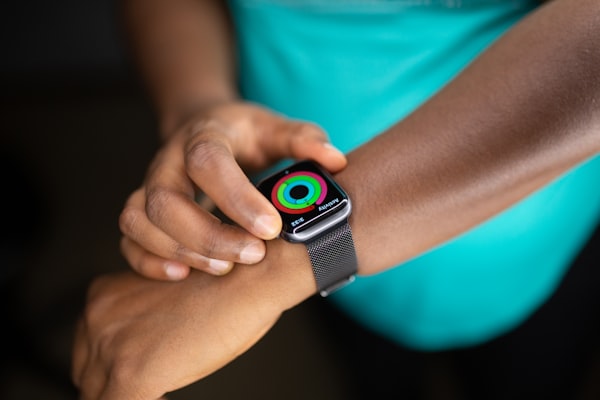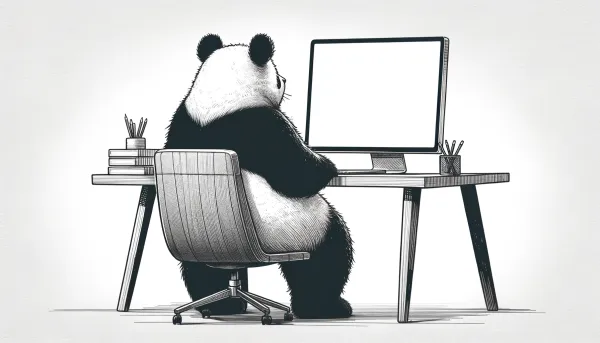Learning From Other Industries and Generalists In Sports
What medicine has learned and is learning from other industries? How can generalists in sports be more successful than specialists?

This one comes with a predominantly generalists’ taste. I discuss where medicine is learning from other areas and where it will in the future. That’s called lateral thinking.
The second part of it is about generalists in sports. I compare specialists to generalists and make the case that generalists have it better. In the end, I also touch on how you can apply this in your life and how it’s good for you.
Learning From Other Industries
Lateral thinking is using a framework from one area and applying it similarly to another area. This is how Nintendo came up with their toys and eventually Game Boy. One could say that’s why it was so successful. It goes the same for Tu Youyou, who was the first woman to win the Nobel Prize in Physiology or Medicine in 2015 for discovering the cure for Malaria (see issue #15). It came from ancient Chinese medicine - we can also say this is a form of lateral thinking, although it’s more from the field of history.
There are loads of such examples in medicine and I want to examine a few of them. Additionally, I want to also discuss some areas from which medicine could potentially learn. That’s to say that with “medicine” I mean the whole area including hospitals, doctors, students and so on.
Some interesting examples are found in surgery:
- Checklists in a procedure come from the aviation industry, where pilots follow a precise checklist throughout the whole flight. This is how they avoid mistakes that could be fatal and “move” onto the next step only when all the previous ones are completed.
- Another interesting example is simulation. Pilots train in simulators to prepare themselves for different and dangerous situations in the air and how to solve them. With the developing technology, surgery could use augmented or virtual reality and other technologies to train the responses to different conditions. This could even be used for surgeons to do surgery before it even begins. Needless to say, it’s already happening to some extent. Also, here’s another video of using VR headsets for surgery training in Sierra Leone!
- Non-technical skills training for surgeons such as work culture, teamwork and communication. All of this again stems from aviation, although it could be also said for the modern corporate world. These 3 skills are vital in aviation as the team has no one else to go to. Malcolm Gladwell described such problems in Korean pilots in his book Outliers: The Story of Success. The same problem could be extrapolated to surgery, where having a functioning team is crucial. For example, Matthew Syed describes a case where life could’ve been saved by a nurse if she raised her voice. She didn’t because of the “power distance”. Read the story of Elaine Bromiley.
- When surgeons end their training, they are like athletes. They have to improve themselves and maintain a peak physical, mental and with this also surgical condition. Every athlete has a coach, so why wouldn’t surgeons also have one?
- Another thing that comes from sports is video analysis. I can tell from my experience that watching yourself perform is something completely different from just hearing about your mistakes and how to correct them. This could also be applied in surgery as I can imagine the principle is pretty much the same.
- The last interesting thing from the article is data. Collecting and deriving enormous amounts of data form before and after the surgery could be used for altering the approaches in the future. An area that from which this came from might be self-driving cars. For example, Tesla is collecting huge amounts of data from their cars to perfect their autopilot. This is of course not the only example and for the matter of fact it’s already being used in surgery.
On the other hand, there are also cases in which medicine lacks “proactivity”. Again, thinking from the aviation industry is its “learning from failure” strategy. Every time a plane crashes they make a detailed analysis of what happened and train the pilots accordingly. According to Black Box Thinking this is not the case in medicine. And when it is it yields incredible results. Read issue #10 for more.
AI and other similar tech solutions are used in many companies to optimise the delivery of materials, their storage and usage. According to John Roese from Dell this is not the case in healthcare. This is an area where the potential improvement is huge. Hospitals could optimise how and how much money they spend and where. They could optimise the delivery and wastage of materials, bringing the costs down, improving and optimising the whole system.
Generalists In Sports
Is there such a thing? Isn’t it better to devote 100% of your time and energy into one sport and succeed in it? It depends.
When we look at chess, there’s no such thing. Grandmasters are usually not only very gifted in pattern recognition and maths, but are also extremely hard-working from early on in their lives. There’s a great story about a Hungarian named Laszlo Polgar, who raised his 3 daughters to be chess grandmasters - 2 succeeded. Maybe you already heard about the Polgar sisters?
That’s all because of the nature of chess as a sport. It’s very heavy on patterns and players need to have thousands of hours of training behind them to recognise them in time. Gary Kasparov, the greatest chess player in history, said that “sees a move, a combination, almost instantly” and makes his decision. Fire-fighting (not that it’s a sport) and golf are also such examples.
It’s well-known that Tiger Woods was trained by his father since he was 2-3. After thousands of hours of practice, he accumulated so much skill that his success was guaranteed. He only focused on that one sport, and he was able to succeed because of its nature.
When talking about Tiger Woods another name inevitably comes up - Roger Federer. This debate is often referred to as Roger vs Tiger. They share some remarkable differences but are similar in their greatness in their sports.
When Roger Federer was growing up, he wasn’t focusing on tennis. Sure, he played it, but he also played soccer at a high level until he was 14. And even when other kids were already focusing on tennis with coaches, psychologists, nutritionists and so on, he was still playing soccer. Now he’s 38 and arguably the greatest tennis player in history.
If you remember the 2018 Pyeongchang Winter Olympics, you’ll know who is the first athlete to win 2 gold medals in 2 different disciplines. It was Ester Ledecká, who won in Super-G in alpine skiing and parallel slalom in snowboarding.
Finally, Michael Jordan. Michael Jordan spent most of his childhood playing baseball and not focusing much on basketball. When he did, he failed to make the varsity high school team. Even when he was at the peak of his career and retired, he went to play baseball. And he wasn’t even that bad. When he returned he was at least as great as when he left. This might be a poor argument, but his body changed during baseball (more strength in the upper part) and this improved his basketball game.
We can see that golf and chess (and fire-fighting) are exceptions, not rules. Generalists have it better.
Go more in-depth by reading Range by David Epstein.
Applying it yourself?
There’s a website called National Scouting Report (NSR) that helps high-school athletes enter college programs in the US. They have an interesting site about playing/practising many sports as opposed to just one. Some highlights are:
- Training different energy systems. Cycling and running can be considered sports that predominantly improve our aerobic system. On the other hand, weight lifting is more anaerobic and more geared towards building muscle, not improving endurance.
- Improving coordination. Different sports require different types of movements which might improve all-round coordination.
- Avoiding burnout and injuries. It’s tiring to practice the same sport over and over again. That’s why some athletes, even recreational, experience burnout. Furthermore, by repeating the same movements you’re increasing the risk of sport-specific injuries.




